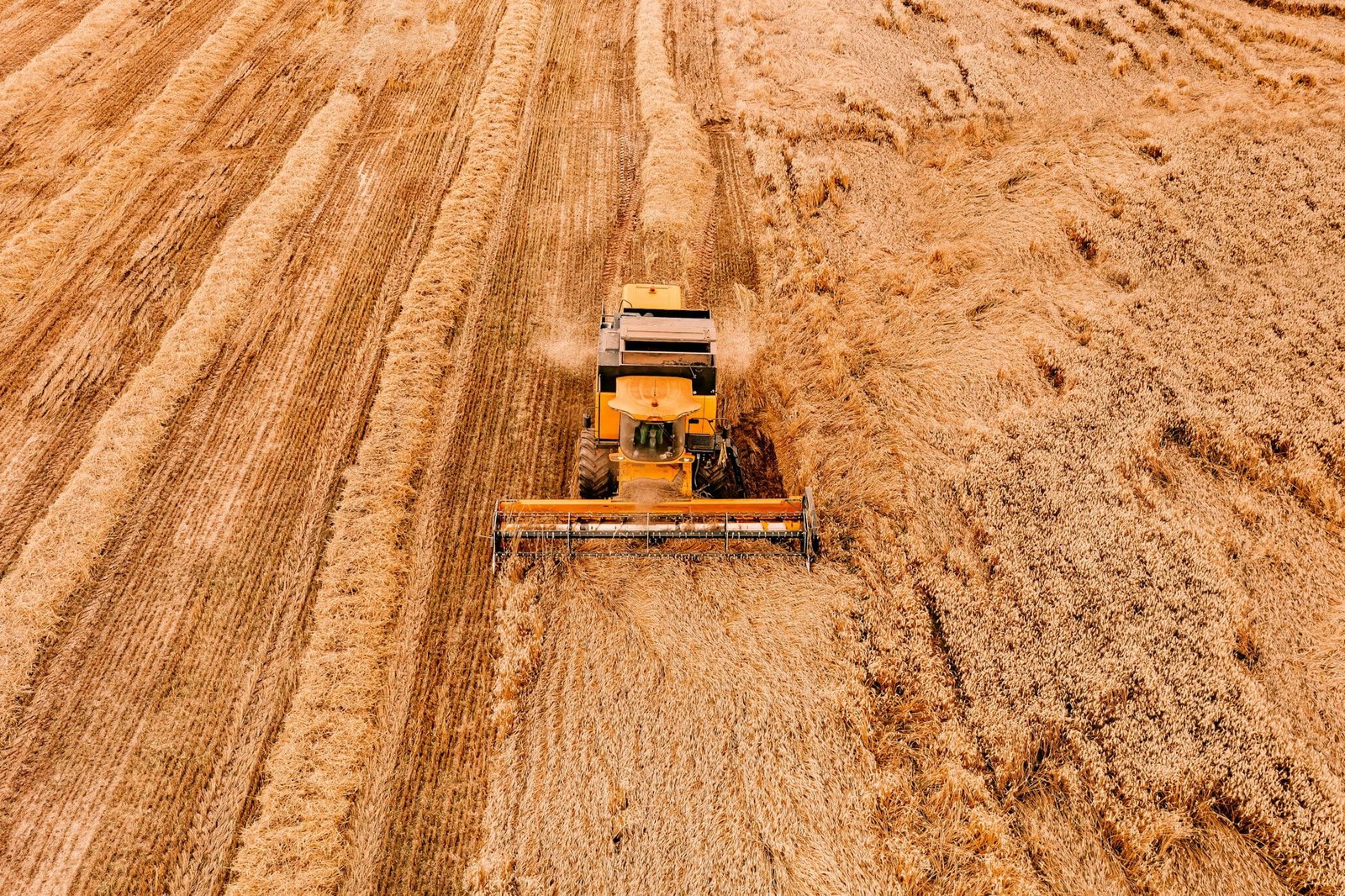Revolutionizing Agriculture: Autonomous Agricultural Machines in 2059
Future AI AutomotiveTable of Contents
In the realm of agriculture, the year 2059 marks a significant turning point with the introduction of autonomous agricultural machines. This transformative technology promises to revolutionize the farming industry by enhancing efficiency, sustainability, and productivity on a global scale. Let’s delve into how these innovative machines are reshaping the future of farming.
Unleashing the Power of Autonomy in Agriculture
Autonomous agricultural machines, equipped with advanced sensors, artificial intelligence, and robotics, are capable of performing various tasks traditionally carried out by human labor. From planting and harvesting crops to applying fertilizers and pesticides, these machines operate autonomously, guided by precision navigation systems and real-time data analysis.
Improving Efficiency and Productivity
One of the primary benefits of autonomous agricultural machines is their ability to improve efficiency and productivity on the farm. By leveraging automation and AI-driven algorithms, these machines can work around the clock, optimizing resource utilization and minimizing waste. Additionally, their precision and consistency lead to higher yields and enhanced crop quality, ultimately increasing profitability for farmers.
Enhancing Sustainability and Environmental Stewardship
Autonomous agricultural machines play a vital role in promoting sustainability and environmental stewardship in farming practices. By precisely applying inputs such as water, fertilizers, and pesticides only where needed, these machines reduce chemical usage, minimize runoff, and conserve resources. Furthermore, their ability to monitor soil health and crop conditions enables proactive management strategies that promote soil health and biodiversity.
Empowering Farmers with Data-Driven Insights
In addition to performing physical tasks, autonomous agricultural machines generate vast amounts of data that can be leveraged to optimize farm operations. Through sensors and onboard cameras, these machines collect information on soil composition, crop health, weather patterns, and more. By analyzing this data, farmers gain valuable insights into crop performance, pest outbreaks, and optimal planting schedules, empowering them to make informed decisions and maximize yields.
Overcoming Challenges and Adoption Barriers
While the potential benefits of autonomous agricultural machines are vast, their widespread adoption faces several challenges and barriers. High initial costs, concerns about data privacy and cybersecurity, and regulatory considerations are among the factors that may slow down the pace of adoption. However, as technology continues to evolve and stakeholders collaborate to address these challenges, the promise of autonomous agriculture is increasingly within reach.
FAQs:
What are autonomous agricultural machines?
Autonomous agricultural machines are robotic devices equipped with sensors, AI, and automation capabilities that can perform various tasks in farming operations without direct human intervention.
What tasks can autonomous agricultural machines perform?
Autonomous agricultural machines can perform tasks such as planting, harvesting, fertilizing, spraying pesticides, monitoring crop health, and soil analysis, among others.
How do autonomous agricultural machines improve efficiency?
By leveraging automation, precision, and data-driven insights, autonomous agricultural machines optimize resource utilization, minimize waste, and increase productivity on the farm.
What are the environmental benefits of autonomous agriculture?
Autonomous agriculture promotes sustainability by reducing chemical usage, conserving resources, and minimizing environmental impact through precise and targeted application of inputs.
What challenges does the adoption of autonomous agricultural machines face?
Challenges such as high initial costs, concerns about data privacy and cybersecurity, and regulatory considerations may hinder the widespread adoption of autonomous agricultural machines, but ongoing technological advancements and collaborative efforts are working to overcome these barriers.
